
 |
The Give and Take of Informationveryard projects > information management > give and take |
| we offer | about this page | on this page |
other pages
|
| education, training and skills
transfer
model reviews information and advice on methods and tools supporting materials - including patterns |
This paper explores some political issues of data architecture and data processing. We link these to issues of business strategy and strategy ceiling, as analysed by Philip Boxer. | The Screen | Thinking the Unthinkable |
 |
The Screenveryard projects > information > give and take > screen |
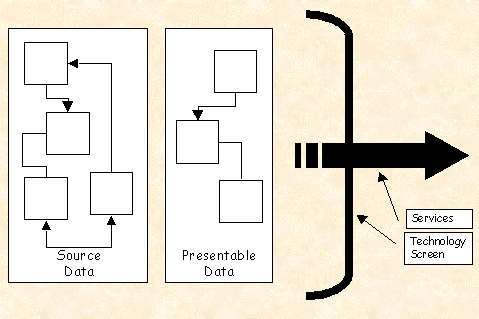
The first (obvious) level at which this is apparent is in the distinction between source data (sometimes called raw data or atomic data) and presentable data (which I elsewhere called ‘cooked’ data, in an ironic reference to Levi-Strauss). Lots of MIS processing is devoted to converting source data into a form that MIS professionals deem more meaningful (and therefore presentable) to ‘users’. Among other things, this typically involves
| WIGO - What Is Going On |
 |
Visibilityveryard projects > information > give and take > visibility |
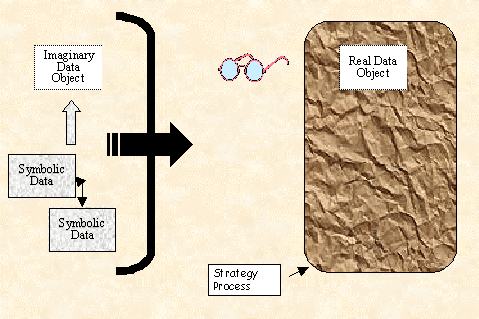
But sometimes the MIS professionals fail to persuade the user of this match.
Sometimes the user believes that the data exist behind the screen, but
are being denied to him by the computer system and/or the MIS professionals.
(‘I know the data are in there, but I can’t get them out.’) Perhaps we
may call this frustration.
 |
Technological Service Focusveryard projects > information > give and take > technological service focus |
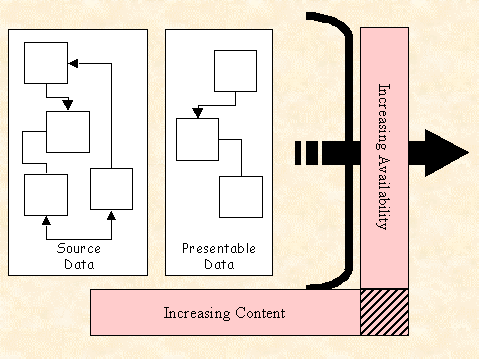
Improve content: extend the scope, provide access
to new data objects
|
Improve availability: provide more, easier and more
reliable access to data
accurate, complete, consistent, …) |
 |
The ceilingveryard projects > information > give and take > ceiling |
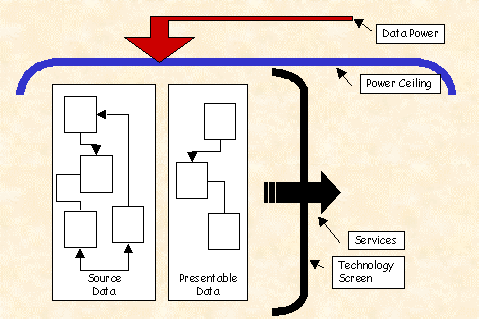
For example, a given accounting system reflects a given way of distributing financial value through the organization. Thus a shift from (top-down) allocation costing to (bottom-up) activity-based costing can be a highly political move. In many organizations, such a move cannot be properly discussed, because it is above the ceiling.
Data ownership is also a political issue. Who in the organization gets to define what counts as a customer, or what counts as a sales order? This issue is perceived by technologists (naturally) as a technological issue, called data sharing: how can we get all the users to use the same customer and sales order data? (In the 1980s, the technical solution (S2) was a central database, in the 1990s, the technical solution is a client-server architecture.)
The converse can be useful. We can often take a lack of data sharing
as a symptom of the power structure. This lack (a) is keenly felt
by data technicians, who regard it as prime evidence of inconsistency ($).
Data sharing, and the particular form of consistency demanded by data sharing,
are Good Things (S1).
 |
Tacticsveryard projects > information > give and take > tactics |
|
|
|
| Move the ceiling by directly attacking the power structures that are reflected in the data architecture and the associated strategy process. | Challenge the fixed positions inherent in the data architecture and the associated software process. |
So how do we intervene in an organization’s data architecture? I suspect we need simultaneous guerrilla attacks on a number of fronts:
 |
Data stratificationveryard projects > information > give and take > data stratification |
 |
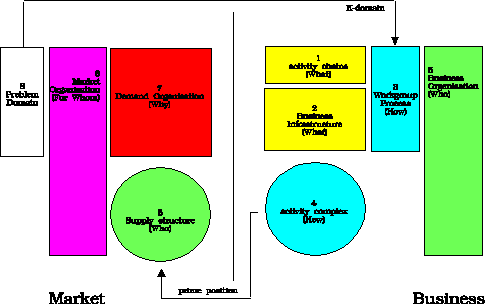 |
For business read data. For market read data usage.
 |
veryard projects > data > give and take |
Technical update and additional links - November 3rd, 2003 Copyright © 1997, 1999 Veryard Projects Ltd http://www.veryard.com/infomgt/givetake.htm |